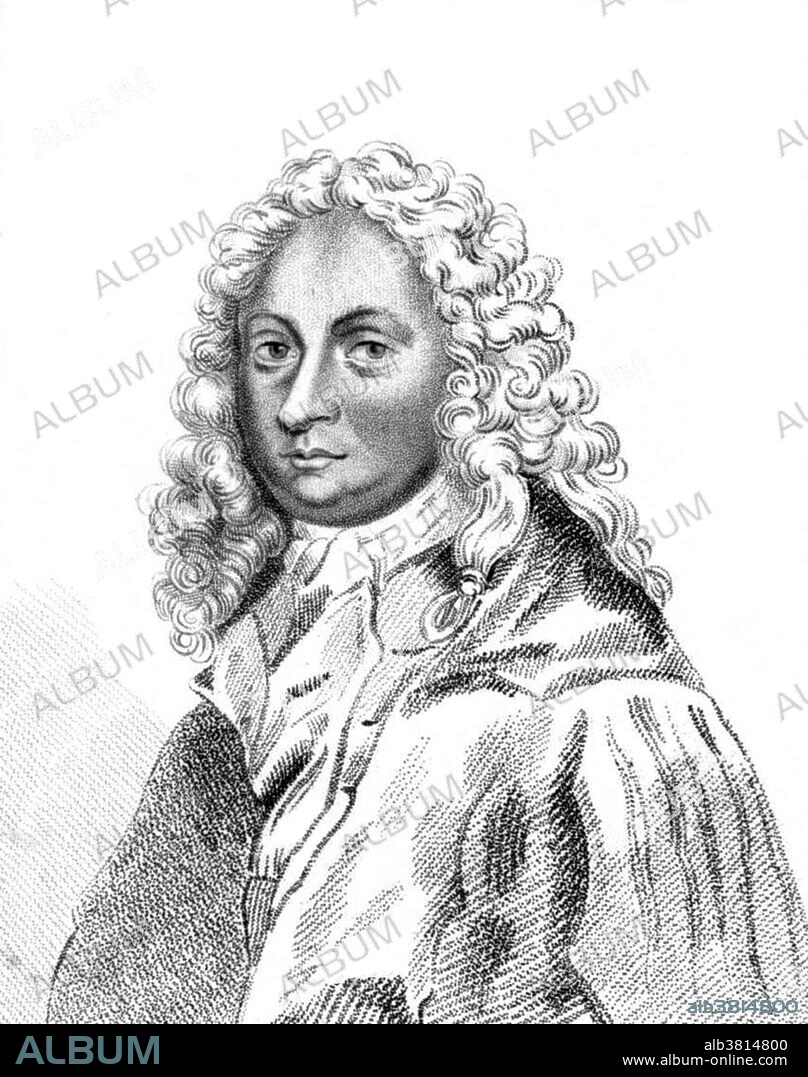alb3814800
Colin Maclaurin, Scottish Mathematician

|
Add to another lightbox |
|
Add to another lightbox |



Title:
Colin Maclaurin, Scottish Mathematician
Caption:
Colin Maclaurin (February 1698 - June 14, 1746) was a Scottish mathematician who developed and extended Newton's work in calculus, geometry, and gravitation. A child prodigy he entered the University of Glasgow at the age of 11, and graduated MA three years later by defending a thesis on the Power of Gravity. He remained at Glasgow to study divinity until he was 19, when he was elected professor of mathematics. In 1721 he was admitted a member of the Royal Society. In 1725 he was appointed deputy to the mathematical professor at Edinburgh upon the recommendation of Isaac Newton. The Maclaurin series, a special case of the Taylor series, is named after him. He made significant contributions to the gravitation attraction of ellipsoids by showing that an oblate spheroid was a possible equilibrium in Newton's theory of gravity. Independently from Euler and using the same methods, he discovered the Euler-Maclaurin formula which provides a powerful connection between integrals and sums. He actively opposed the Jacobite Rebellion of 1745, but fled to York when the Highland army took the city of Edinburgh. On his journey south, he fell from his horse, and the fatigue, anxiety, and cold to which he was exposed laid the foundations of dropsy. He returned to Edinburgh after the Jacobite army marched south, but died soon after his return at the age of 48.
Credit:
Album / Science Source / Smithsonian Institution Libraries
Releases:
Model: No - Property: No
Rights questions?
Rights questions?
Image size:
3300 x 4180 px | 39.5 MB
Print size:
27.9 x 35.4 cm | 11.0 x 13.9 in (300 dpi)
Keywords:
18TH CENTURY • 18TH CENTURY, THE • 18TH • ART • ARTWORK • BRITISH • BW • CAILEAN MACLABHRUINN • CALCULUS • CELEBRITY • CHILD PRODIGY • COLIN M'LAURINE • COLIN MACLAURIN • DRAWING • EULER-MACLAURIN FORMULA • EUROPEA • EUROPEAN • FAMOUS • FIGURE • GEOMETRY • GRAVITATION • GRAVITY • HISTORIC • HISTORICAL • HISTORY • ILLUSTRATION • IMPORTANT • M'LAURINE • MACLABHRUINN • MACLAURIN SERIES • MACLAURIN • MALE • MAN • MATH • MATHEMATIC • MATHEMATICAL • MATHEMATICIAN • MATHEMATICS • MEN • NOTABLE • PEOPLE • PERSON • PERSONALITIES • PERSONALITY • PORTRAIT • POTRAIT • PROFESSOR • ROYAL SOCIETY • SCIENCE • SCOTTISH • WELL-KNOWN
 Pinterest
Pinterest Twitter
Twitter Facebook
Facebook Copy link
Copy link Email
Email

